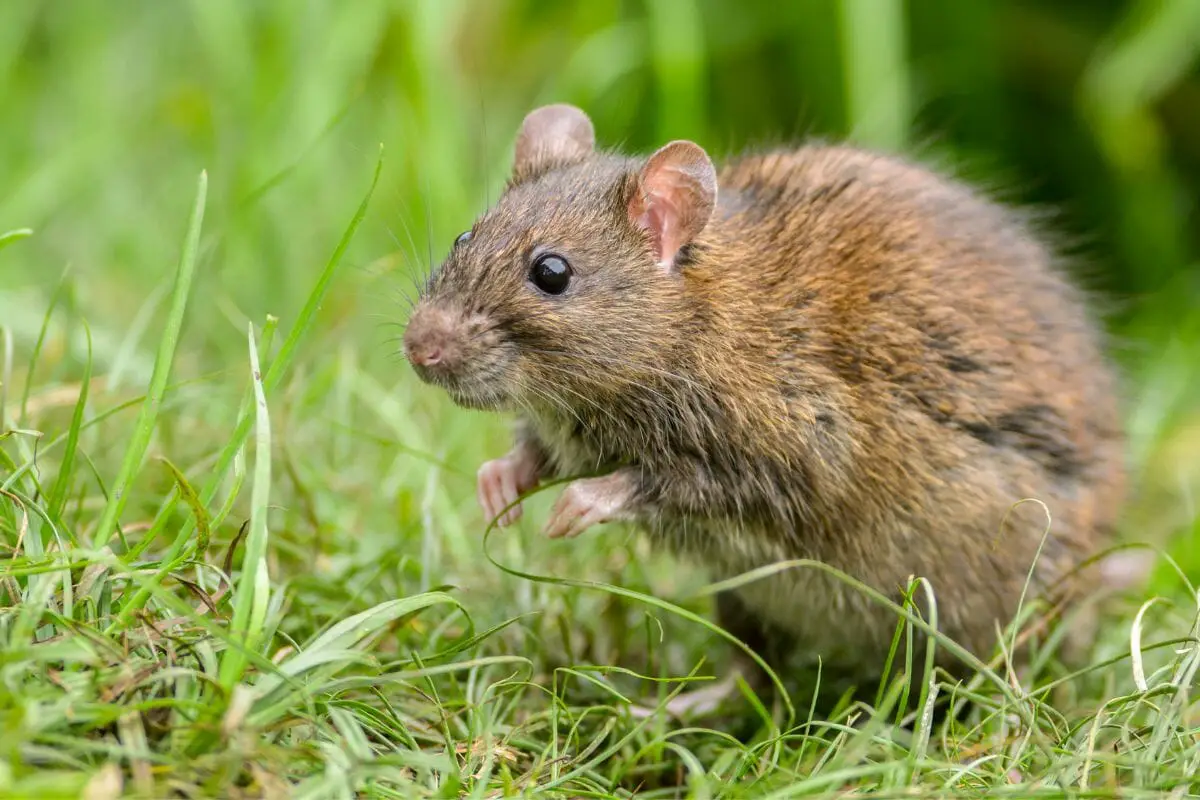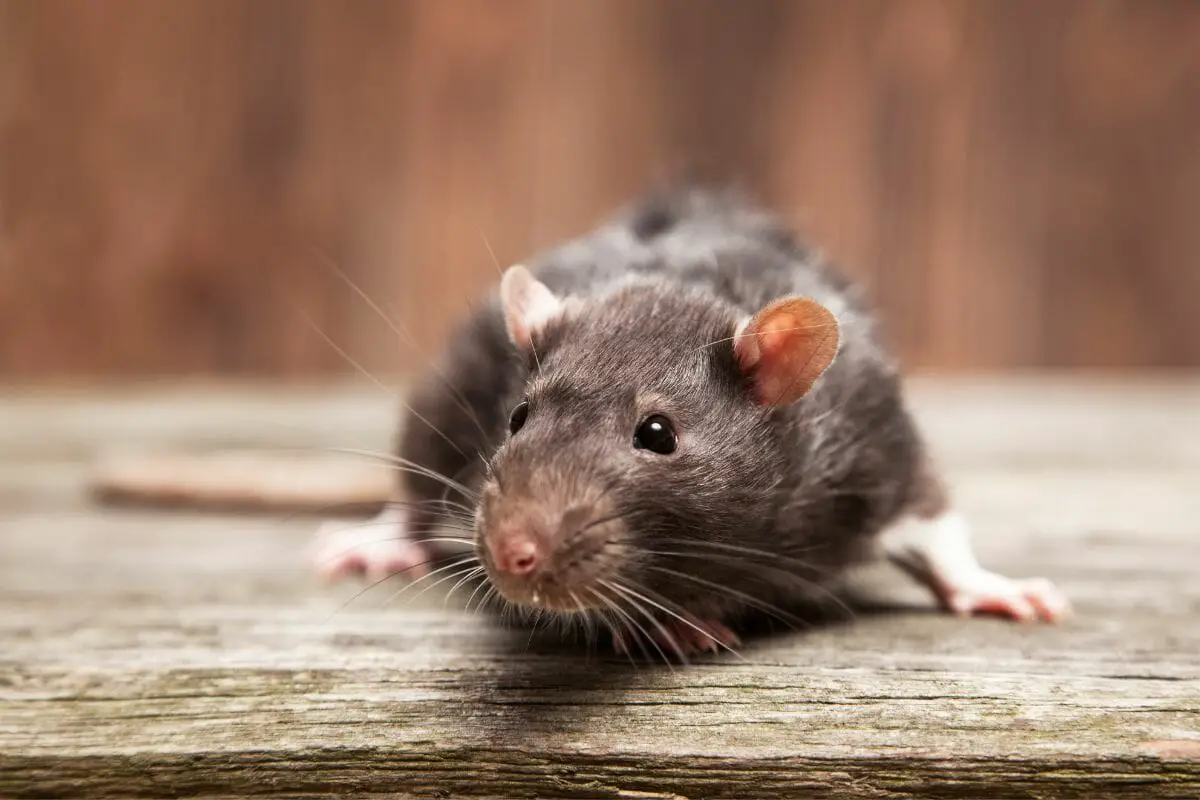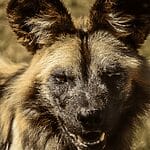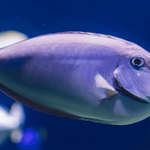Whether you think rats are really cute, and make great pets, or they’re gross rodents you never want to be near, it can be a shock to suddenly find a rat in your home or your business.

But before you call an exterminator, it can be important to make sure that you are sure that the animal is a rat and now one of the many other rodents or mammals that look enough like a rat to be confused for them.
Here are 10 examples of animals that look like rats, and some fun facts about them.
Rat Facts
Before we get into the look-a-likes, we wanted to share some interesting facts about rats that you might not have heard before. These animals can be incredibly intelligent, regardless of what you think about them.
Rats Can Be Potty Trained
If you were to get a pet rat, did you know that you would be able to potty-train them the same way you would a dog or a cat?
They can be trained to perform a variety of tricks, but domesticated rats are perhaps most impressive for their ability to learn where and when they can go potty.
They’re Great Swimmers
This is either a really interesting fact or horrifying to you, depending on how you feel about rats in general, but rats have surprisingly dense fur and powerful legs that make them very strong swimmers.
They’re Everywhere
Again, not a pleasant fact if you’re a rat-hater, but rats have managed to find their way to every corner of the world, and have managed to find ways to survive.
In fact, Antarctica is the only continent on the planet that is completely uninhabited by rats.
They Can Smell Disease
Rats have an incredible sense of smell. They have such amazing olfactory senses that they have been used to detect landmines and even diagnose diseases like tuberculosis.
Animals That Look Like Rats
When we talk about rats, we’re generally talking about the Norway rat or the Roof Rat, which are by far the most recognizable species of rodents.
Both of these animals can be spotted because of their long, hairless tails, long snouts, and rounded bodies.
The roof rat is typically black with a pale undercoat, whilst Norway rats are generally brown and can grow to be a few centimetres larger than roof rats.
With that in mind, here are 10 animals you might mistake for a rat because of similar appearances.
1. House Mouse

The most common rodent confused for a rat is its smaller cousin, the house mouse. These animals are typically a lot smaller than rats, and have proportionally larger ears, and have protruding eyes.
These can be just as hazardous to have in your home as rats as they can damage your insulation and furniture, as well as contaminate your food and general area.
If you think you have an infestation of mice in your home (particularly common during the winter), you should contact animal control to prevent any damage.
(Not-so) Fun Fact – Mice can produce anywhere between 40 and 100 droppings every day and leave micro-drops of urine everywhere they go. This is why it is so unsanitary to have mice in your home.
2. Muskrat
If you live in wetland areas, you’ve probably seen your fair share of muskrats, and have probably mistaken them for brown rats at least a few times.
The muskrat is a semiaquatic rodent that is native to many areas in North America, and has been introduced in parts of Europe, Asia, and South America.
The reason you might mistake this for a typical rat is because of its long, thin tail and brown fur. However, take note of its shorter snout, larger body, and the way that it uses its front legs like arms.
Fun Fact – These animals are called Muskrats because of the musky odor that is emitted when it feels threatened.
3. Northern Pocket Gopher
In North America, you might also come across the Northern Pocket Gopher and assume that it’s a fat rat. However, there are some key features that can help you identify this as a Gopher instead.
First of all, they have much shorter snouts and smaller ears than your typical Norway or Roof rat. Their tails are also significantly shorter than a rat, as well as the fact that there is less definition between their heads and their bodies.
Fun Fact – Gophers are omnivores and as such have been known to eat their dead in order to decrease the attention of predators.
4. Squirrel

Though you’re unlikely to mistake a red or gray squirrel for a rat, you might be surprised to hear that squirrels, though cute, can be just as much of a nuisance as a rat.
They have been known to invade home, particularly during the colder months and can carry ticks and parasites, just like other rodents.
If you were to see one running along the ground, they have the typical shape of a mouse or a rat, though they have shorter snouts. However, the biggest difference between a rat and a squirrel is a squirrel’s large, fluffy tail.
Fun Fact – Squirrels have been known to run up to 20 mph (see also: Bandicoots Can Run Up To 15 mph, Can You Believe It?)and their padded feet can cushion their jumps from up to 20 feet high.
5. Field Mouse
These creatures look like if you took a roof rat and shrunk them down significantly. They are a registered nuisance, meaning that they can be taken care of by pest control.
Their coat is generally a dark brown or reddish brown, and their bodies measure about 9-14 cm in length.
They are a lot smaller than rats, and their ears are more hidden on a field mouse compared to other rodents.
These animals are more comfortable outside, however might seek shelter during particularly cold winters.
A field mouse can be differentiated from a house mouse because house mice have thicker tails and larger bodies compared to field mice.
Fun Fact – Field mice have excellent senses of hearing, with the ability to hear sounds at frequencies up to 70 kHz. Their large incisors can even be used as a diaphragm for sound reception, allowing them to detect predators from far away.
6. Bushy Tailed Wood Rat (Packrats)
Another regulated nuisance rodent in many states is the Bushy Tailed Wood Rat. It’s very similar to squirrels and house mice, particularly for their large ears. However, their long snouts and brown fur can be easily mistaken for a Norway rat.
Bushy Tailed Wood Rats prefer to live in rocky areas, like canyons and mines that have been abandoned. They thrive in pretty much any climate except for tropical, and span from arctic Canada to Northern Arizona and New Mexico.
Fun Fact – Bushy Tailed Wood Rats follow a mating system known as polygyny in which one male lives and mates with multiple females, but each female will only mate with that one male.
What To Do If You See A Rat

If you think you see a rat in your home or your business, your first port of call is going to be to call a professional. Handling rats or other rodents can be very hazardous to your health, and you want to make sure that you keep safe.
Common ways that rats can get into your house include through your heating ducts or open pipes, under doors or through holes in your woodwork.
Here are some signs that could signal to you that there are rats in your home:
- Black Droppings – If you find rat droppings in your home, you can expect that there is a rat or rats making a nest in your home.
- Scratching Sounds – If you can hear scratching sounds, potentially on your floors but also maybe in your walls or ceiling, then a likely culprit is rodents making their presence known. Being able to determine where the sounds are coming from can make it easier for you or a professional to find their nests.
- Finding Nests – At first, a rat nest will look like just a ball of paper, but will also include twigs, cloth, and pieces of garbage.
If you think that you see a rat, we recommend that you cancel any trips you might be supposed to take over the next couple of weeks until the infestation is dealt with.
Never assume that you have just one rodent in your home, because they can reproduce incredibly quickly.
Call an exterminator or other professional as soon as you’re sure you have rodents in your house, don’t wait until you have a full-blown infestation.
Bottom Line
There are many rodents and other mammals that can be mistaken for rats, but if you think that you might have an infestation it is best to call a professional before things get out of hand.
Animals that resemble rats possess a fascinating variety of characteristics, each adapted to their specific habitats and lifestyles.
Marsupials with rat-like appearances often possess distinctive features such as a tooth structure adapted for a carnivorous diet, and some even have a pouch for nurturing their young.
Voles, a group within several species, share similarities with rats but can be identified by their distinctive claw shapes and burrowing behaviors.
On farms, animals that look like rats, but aren’t, play unique roles in the ecosystem. Their ability to adapt to various environments, from burrows to tree habitats, shows their evolutionary resilience.
The deer, although vastly different in size, shares a common habitat with these rat-like creatures, illustrating the diverse nature of animal life. In essence, understanding these animals beyond the trap of superficial resemblance to rats opens a window into the complex and interconnected world of wildlife.
- What Should I Do If A Koala Bites Me? Safety Guide - 2024-05-30
- Are Kangaroos Born Without Hind Legs? A Fascinating Journey - 2024-05-30
- Animals That Look Like Squirrels - 2024-05-30









